AirPods 3 vs AirPods 2 Buyer’s Guide
In this year’s Apple March Peek Performance event, Apple announced, among other new products, the release of its latest update of the standard AirPods – AirPods 3. A number of improvements and meaningful changes have been added to the new model of Apple AirPods. Among those are an Adaptive EQ, sweat and water resistance, force sensor controls, sweat and water resistance, and a MagSafe charging case. Additionally, the AirPods 3 features a custom high-excursion Apple driver, spatial audio, as well as a high dynamic range amplifier to improve the quality and richness of its sound.
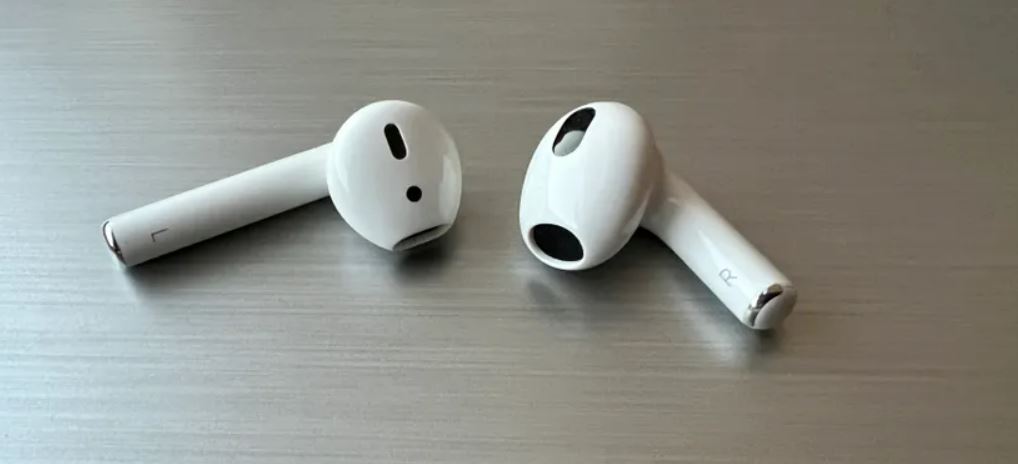
This is quite a long list of changes and improvements over the older AirPods 2 model. However, there’s also a difference in the current price of the two devices, with the newer model being $50 more expensive. This begs the obvious question – is the new and improved AirPods 3 worth the higher price, or would you be better off sticking with the earlier AirPods 2 model? Let us find out together.
Design

At first glance, no serious changes have been made to the overall design of the standard AirPods. The AirPods 3 have a larger ear portion with a shorter stem, but they retain the same overall design as the previous model and still lack the in-ear silicon tip featured in the AirPods Pro. The larger size of the in-ear portion of the AirPods 3 may be attributed to the addition of new features to the latest model. However, though the shape of the earbud stays unchanged and the slight alteration in its size may not seem like an important change to the design, you should bear in mind that this could have a drastic effect on how well the AirPods 3 fit your specific ear shape compared to the AirPods 2. We’ve encountered more than a few comments from users who have complained that the AirPods 3 do not fit their ears well and are prone to falling off very easily when such an issue wasn’t present with the smaller AirPods 2.
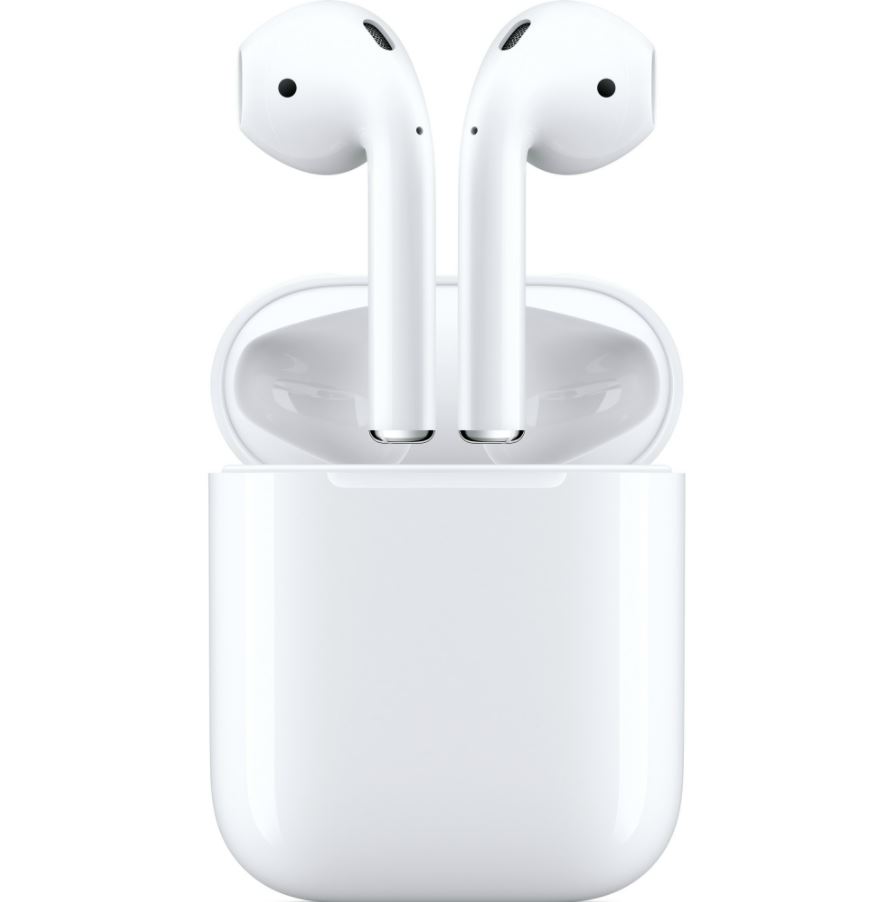
Obviously, the reverse situation where the AirPods 2 don’t properly fit a specific person but the AirPods 3 do is also a possibility. The point is that, though small, this change in the size of the AirPods 3 could make a very significant difference in the earbuds’ usability.
Sweat and water Resistance
The AirPods 3 are the first standard AirPods model to have an IPX4 water and sweat resistance. This IPX rating means that the earbuds are resistant to splashes of water and sweat from all sides, and should also do fine in the rain and in the shower. However, this also means that they shouldn’t be submerged in water and are not fit for swimming or any other water sports, as they would get damaged. The AirPods 2, on the other hand, aren’t splash-resistant, so it’s advisable to keep them away from any form of water as much as possible.
Sound
As noted earlier, a number of major improvements have been introduced to the AirPods 3 that are intended to give them better sound quality. Their audio hardware, based on the high-end AirPods Pro, features a dynamic range amplifier and a high-excursion driver that result in a richer and overall higher quality sound. Additionally, the AirPods 3 also feature an Adaptive EQ that employs an inward-facing microphone built into the earbud that helps create a sound profile for the individual wearer. That allows the sound to be fine-tuned in real-time based on the current fit of the AirPods within the ear of their user. This fine-tuning process is constantly underway in order to ensure that all frequencies are adjusted to account for any potential sound loss that may result from the specific way the AirPods 3 fit in your ear.
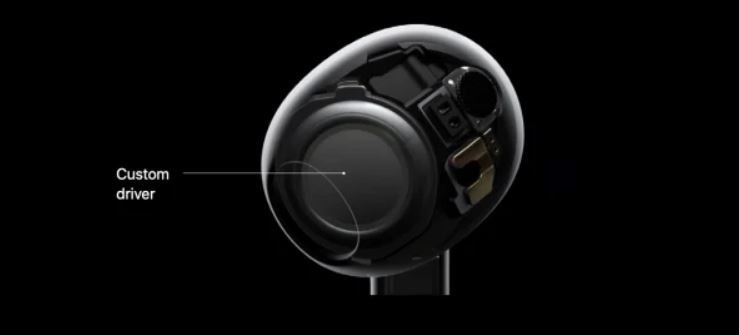
The older AirPods 2, having a smaller in-ear part, do not have the physical space to accommodate the advanced Adaptive EQ technology, and so they are likely to provide lower-quality audio. That said, the AirPods 2 still have a very good sound and, in fact, some users have stated that they prefer the way the older AirPods 2 sound compare to the newer model. Obviously, preferences differ, but we should say that a number of users on the Internet have noted that, while the AirPods 3 do deliver a richer sound, their bass seems to fall off, which is why they’d rather stick with the bassier AirPods 2.
We should also note that, despite the advanced sound technology implemented in the AirPods 3, they are still no match for the audio quality of high-end Apple earbuds such as the AirPods Max. Still, for their price, the AirPods 3 do provide a very high-tier sound that should satisfy all but the most ardent audiophiles.
Spatial Audio
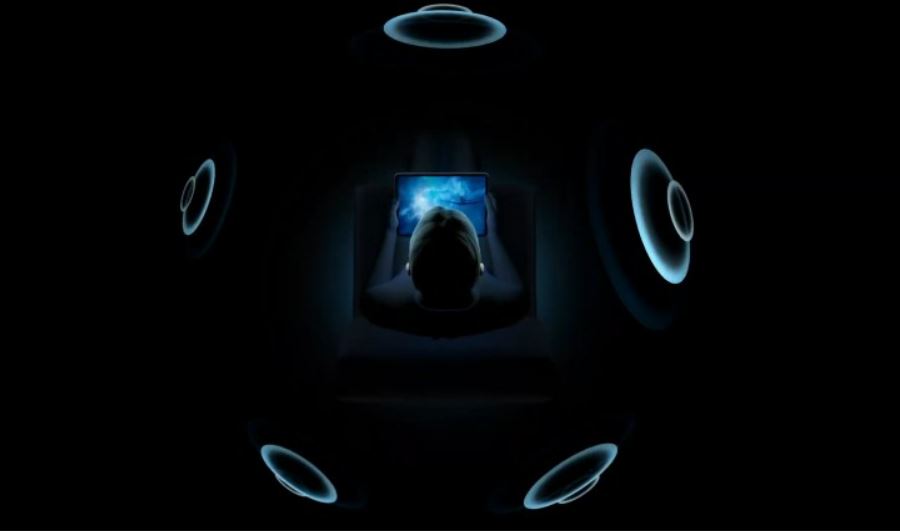
A neat feature introduced with the AirPods 3 is the implementation of Dolby Atmos spatial audio – a feature that’s available in the high-end AirPods Pro and Max, but isn’t in the AirPods 2. Spatial audio serves to provide a more immersive soundscape that will make it seem like the sound is coming from all sides and not only from your two earbuds, which can be especially noticeable while watching films and TV shows.
Part of the spatial audio feature is its dynamic head tracking function that adjusts the frequencies of each of the AirPods to further help make music, TV shows, films, and FaceTime voice calls even more engaging by making it seem like you are surrounded by the sound that is being played by the AirPods.
The spatial audio feature works with Apple TV, Apple Music, FaceTime, and many third-party apps that you can get from the App Store.
Skin Detection
Another interesting improvement that comes with the AirPods 3 is the new type of in-ear detection that uses a skin sensor to determine when the AirPods are out or the user’s ear so that playback would pause/resume accordingly. The skin sensor implemented in the AirPods 3 works by detecting the moisture on the ear’s skin, which enables it to more correctly determine when it’s in the user’s ear. The older AirPods 2 model as well as the AirPods Pro use optical sensors to achieve the same goal. However, those sensors can only detect when the earbud is close to a surface but cannot determine the type of surface, which means they could needlessly resume playback when placed in a pocket or even on a table because they’d detect the nearby surface.
Controls
The controls of the AirPods 3 employ the same force sensor controls as the of the AirPods Pro – to play, pause, answer, and end a phone call, the user needs to press once. Pressing twice would result in skipping forward, and pressing three times is for skipping back. You can also summon Siri by pressing and holding onto the earbud.
The older AirPods 2 have a fewer number of control options – you can double-tap on the earbuds to play, skip forward, or answer/end phone calls. Also, the AirPods 2 controls are known to be highly sensitive and, therefore, prone to getting accidentally triggered.
Case
The charging cases of both AirPods models feature a Lightning port, but the AirPods 3 case can also be charged wirelessly, via MagSafe. Users can, therefore, charge the case of the AirPods 3 using a MagSafe charger or any other standard 3d party Qi wireless charging pad.
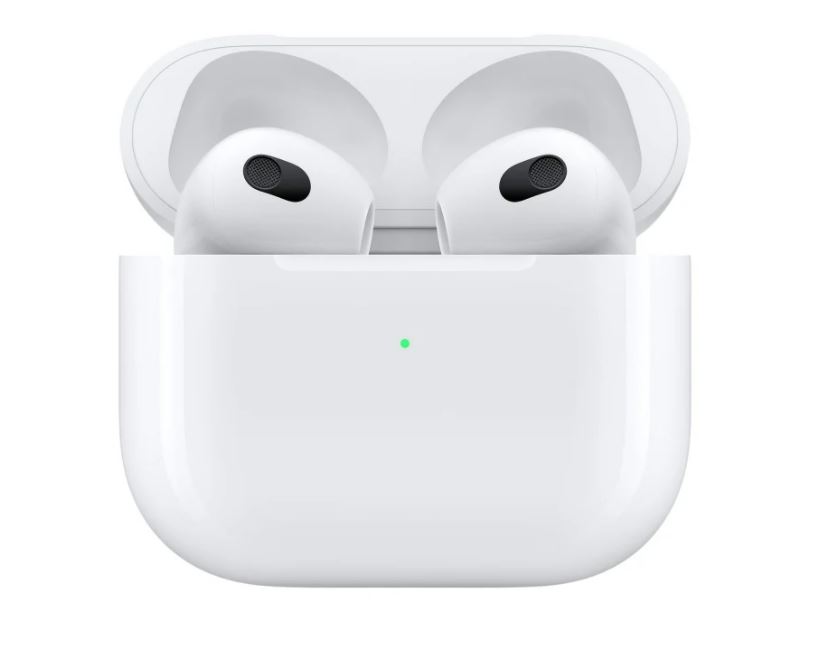
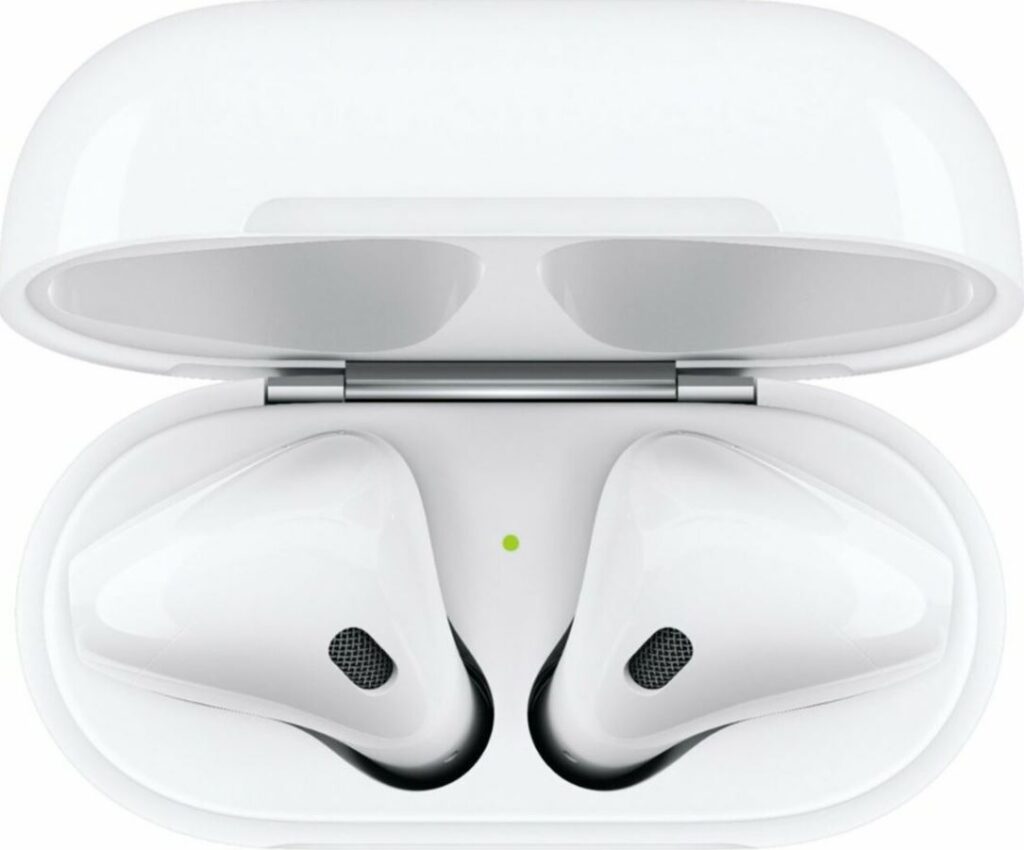
Battery
Both AirPods models have good battery life. The AirPods 2 can deliver up to 5 hours of playback and 3 hours of talk time. The AirPods 3 provide one extra hour of playback for a total of 6 hours and can deliver up to 4 hours of talk time. Note that, with spatial audio enabled, the playback time is reduced by about an hour. Overall, the battery capabilities of the two devices are comparable, though the AirPods 3 have a clear advantage. The total playback time you can squeeze out with a single charging of the case is around 24 hours for the AirPods 2 and 30 hours for the AirPods 3. Here, the difference is more significant, so if you wish for AirPods that will last you longer with a single case charge, the AirPods 3 are the obvious winner here.
Pricing
As mentioned earlier, there is a 50$ difference in the price tag of the two AirPods models. The AirPods 3 are currently priced at $179 and the AirPods 2 have a price of $129. We’d say that the price difference is fair, considering that the new AirPods 3 add a number of advanced features on top of what was already there with the AirPods 2. However, this doesn’t make the older model of apple earbuds any less desirable, especially if they fit you better, and you don’t necessarily need the improvements introduced with the AirPods 3.
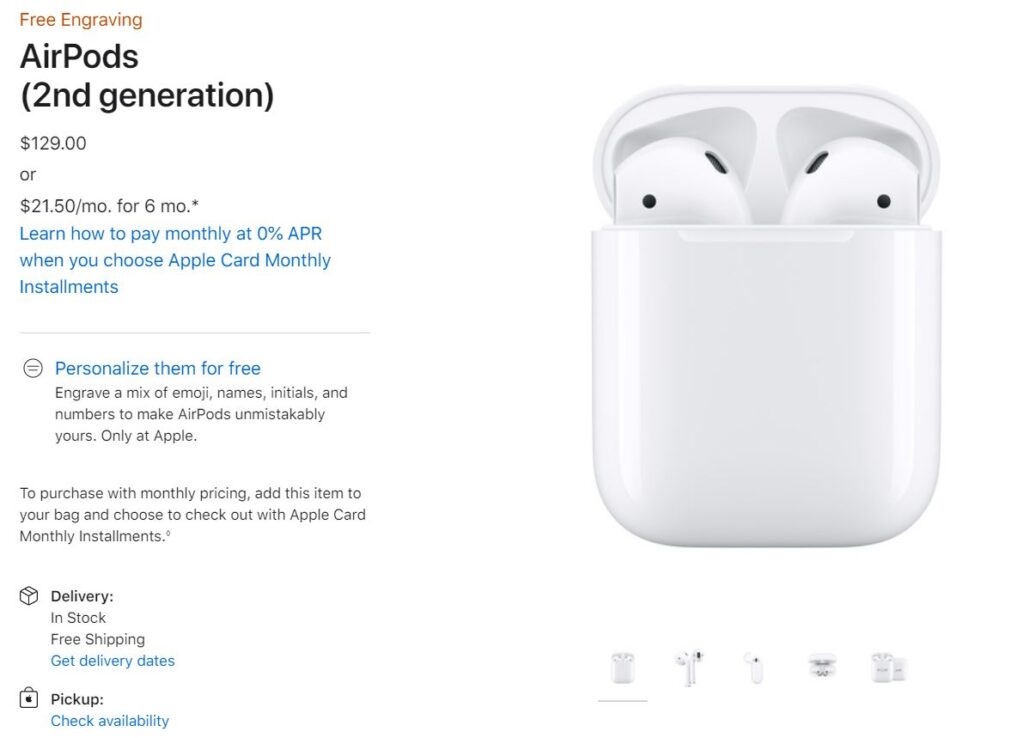
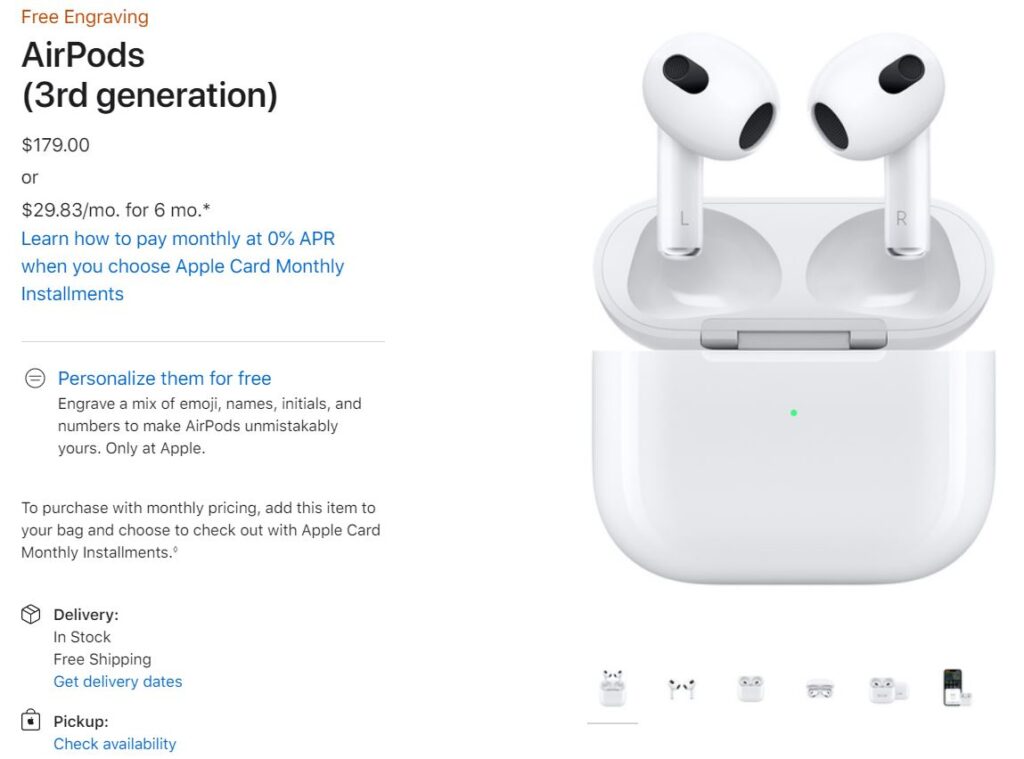
Final Verdict
The AirPods 3 certainly bring a lot of improvements to the table, to the point where they could even give the high-end AirPods Pro a run for their money. However, that is not to say that the AirPods 2 aren’t still a very good option, a more affordable one too. We’d say that if you value better sound, want a water and sweat-resistant AirPods, and don’t mind spending an extra $50, you should get the AirPods 3, provided that they are a good fit for your ear. If you aren’t sure the higher price is worth the improvements and/or if the AirPods 2 fit you better, then you should go for them, as they, too, are very good mid-range earbuds. In our opinion, the most important deciding factors here should be the fit and the water-resistance (or lack thereof) – as mentioned earlier, the AirPods 2 aren’t water-resistant, which, if you aren’t careful, can significantly reduce their longevity. If you think that you won’t be able to keep your new earbuds reasonably dry all the time, then it may be better to go with the water and sweat-resistant AirPods 3.
Leave a Reply